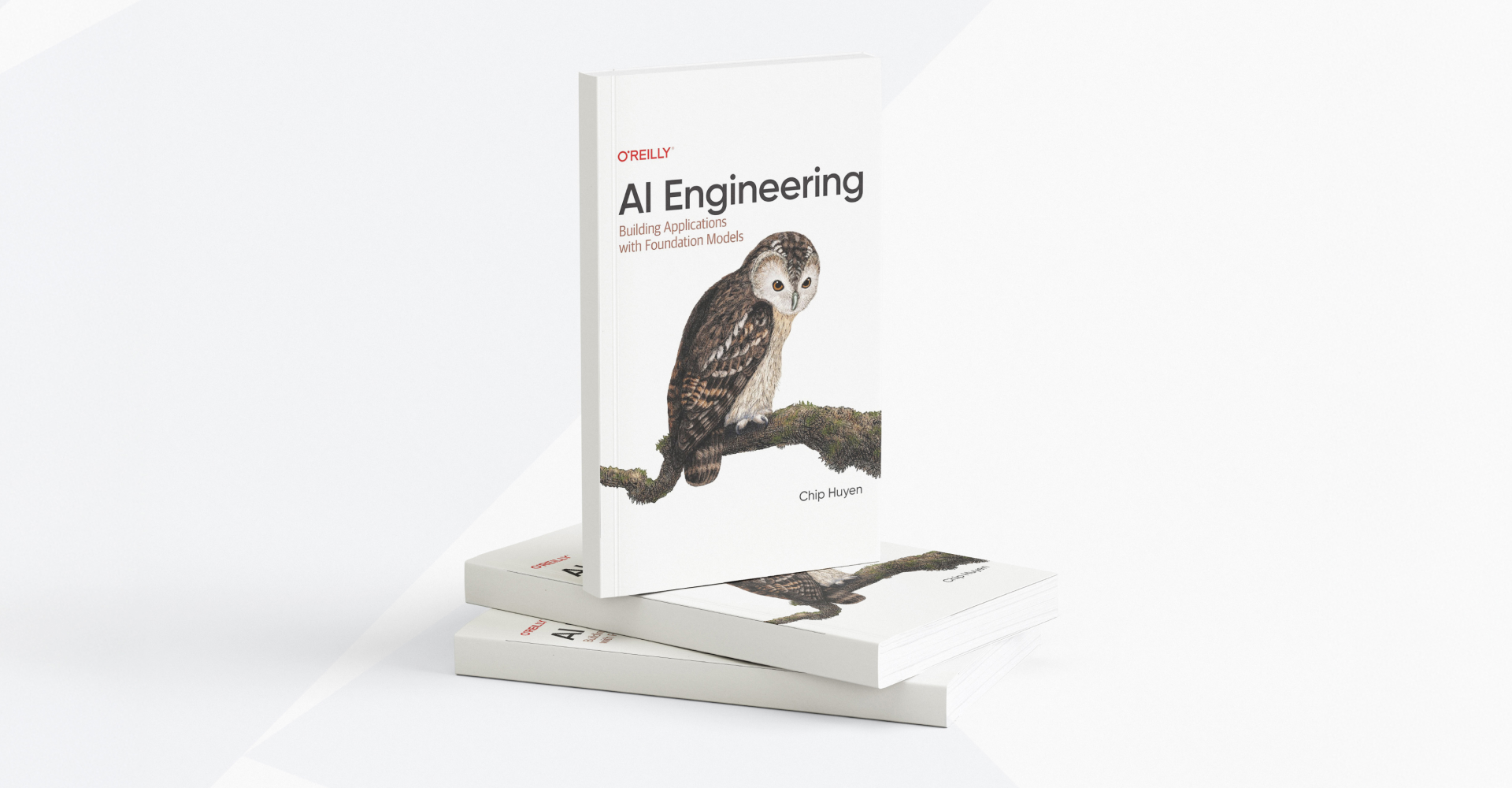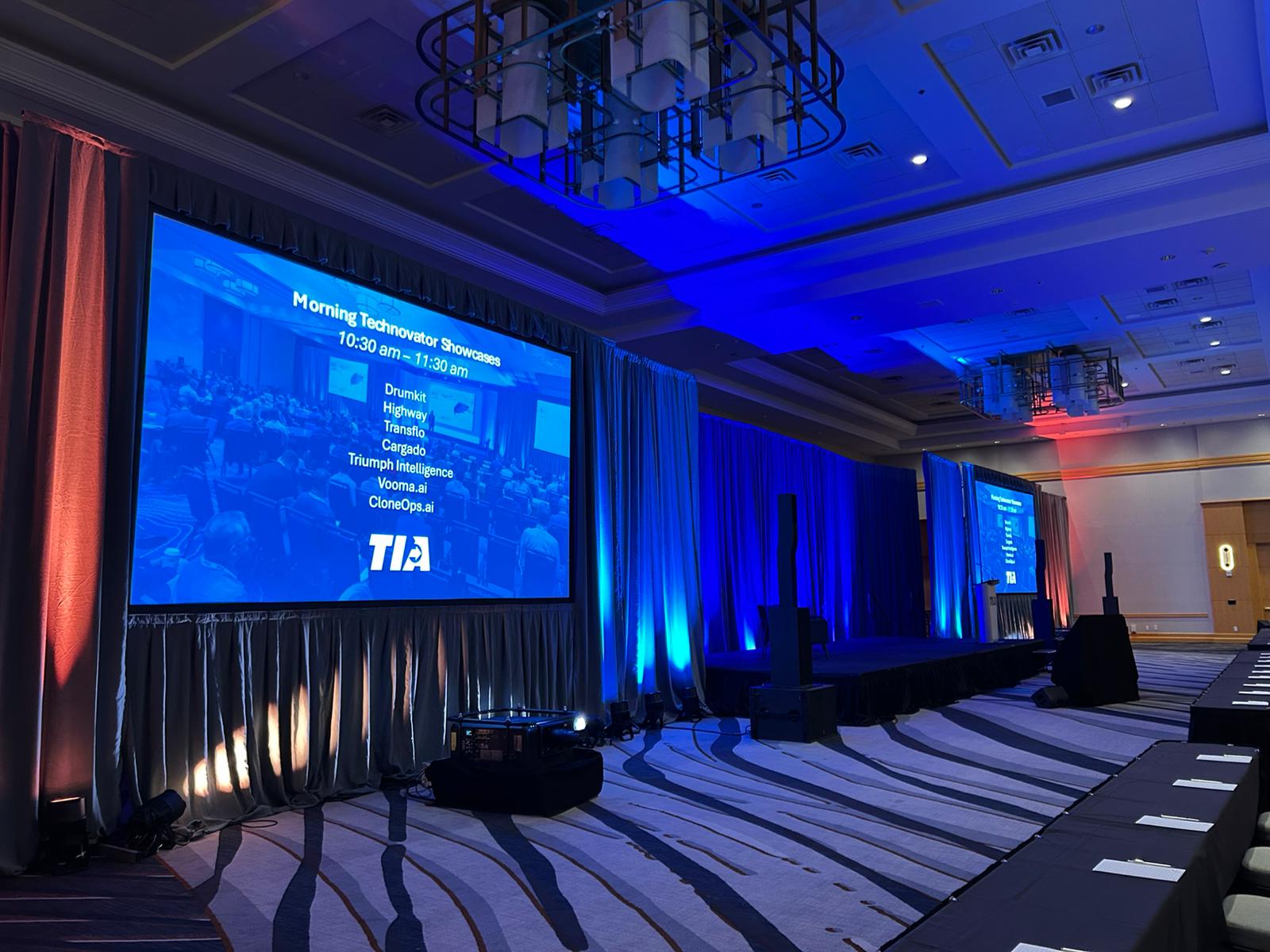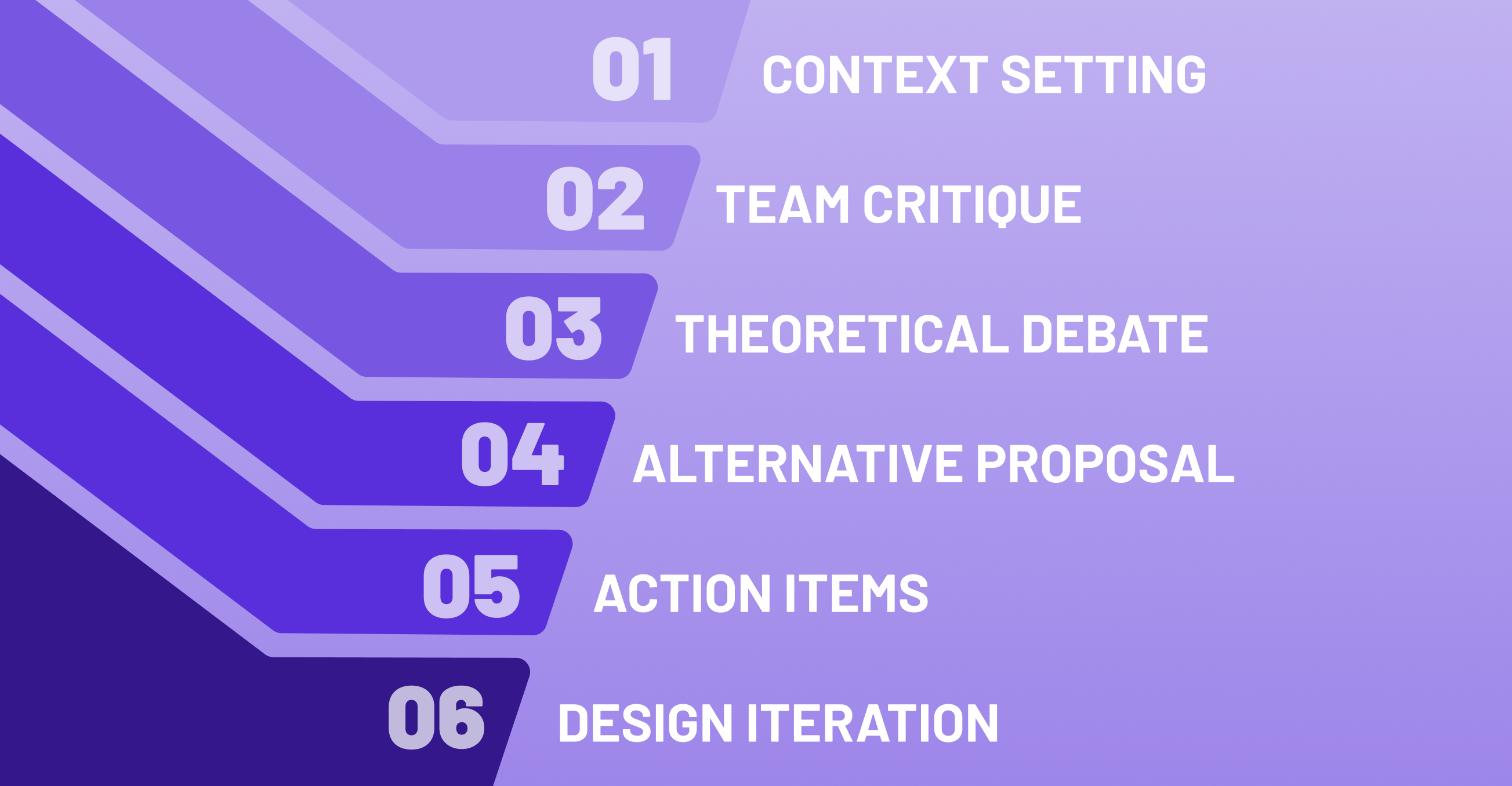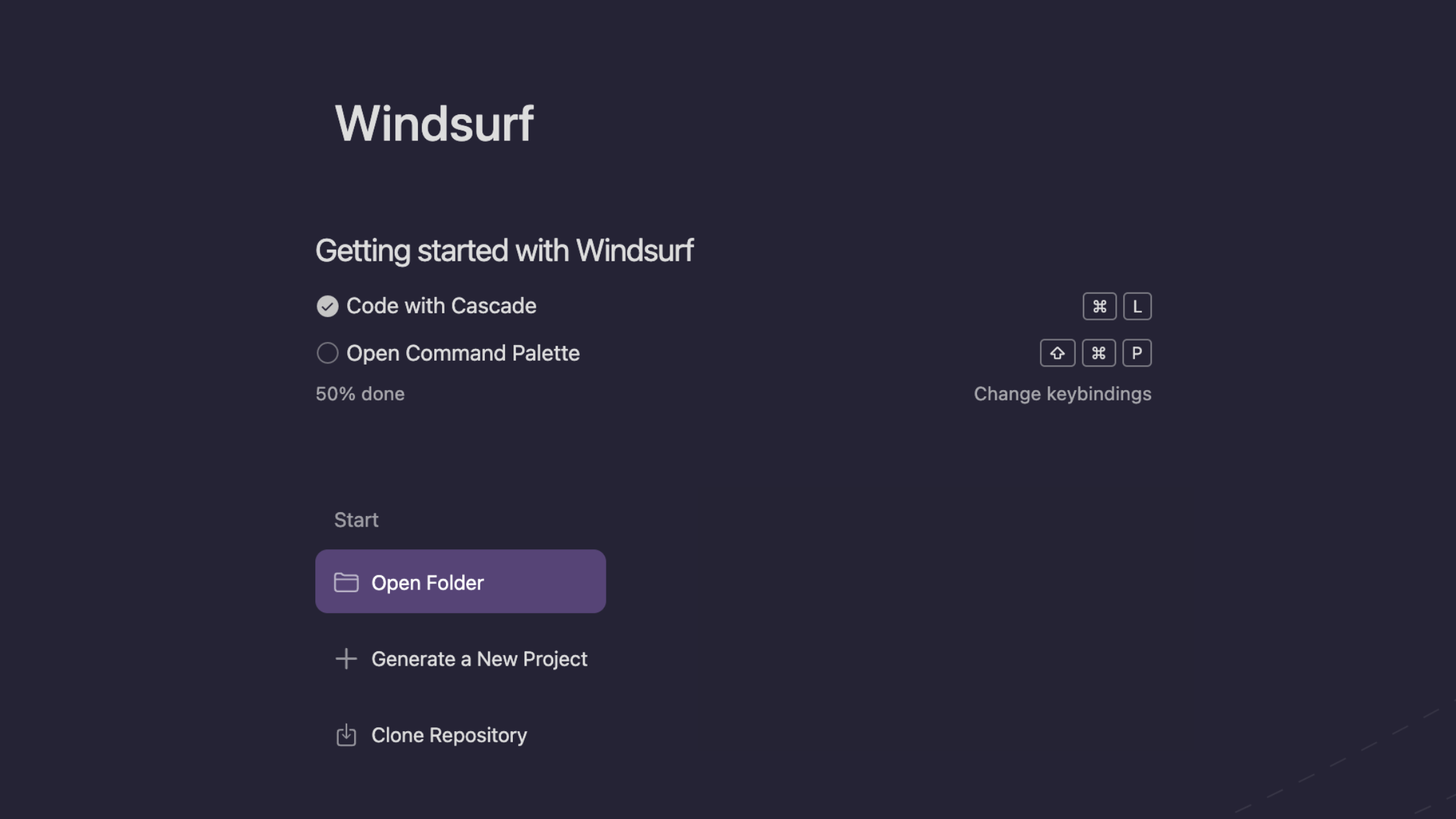%20(1).png)
In September, we joined Nerdearla 2025, the largest free science and technology event in Latin America. For five days—September 23–24 online and September 25–27 at Ciudad Cultural Konex in Buenos Aires—over 10,000 in-person attendees and 40,000 online participants explored the future of technology, from artificial intelligence to user experience.
What is Nerdearla and Why It Matters for the Tech Community?
Nerdearla was born with the mission of promoting learning and collaboration within the global tech and open-source community. The event mixes talks, workshops, and networking spaces, with free streaming worldwide and in-person activities.
The 2025 edition featured multiple tracks: Development, Data Science, Product, Infrastructure, Security, AI, Testing, UX, and Soft Skills. This makes it an important event for professionals looking for emerging trends, inspiration, and community connections.
How We Got There: A Team Initiative
Our participation in Nerdearla 2025 started as an internal proposal from the UX team. After reviewing the idea with company leaders, the delegation was shaped into a group of two designers and one developer, a mix designed to maximize value and capture insights from different perspectives.
This ensured the experience was valuable for each of us and for the team as a whole, aligning with both our company values and our professional growth goals.
Top Nerdearla 2025 Highlights
Here’s a breakdown of the key conversations that dominated the sessions we attended.
Development: The Role of Open Source and AI
- Many talks focused on the role of open source (software with publicly available code that anyone can use, modify, and share) and how to integrate it into real projects.
- Emerging technologies, especially AI, were discussed as enablers for future solutions.
Recommended talk: "Programming is dead. Long live programming!" – Miguel Ángel Durán García
Design: UX Research and Data-Driven Decisions
- The emphasis was on research and data as continuous practices, not just starting steps.
- Metrics and insights help position design as part of product discussions.
- A standout session reminded us that AI doesn’t replace design but reshapes our role. It introduced AX (Agent Experience), showing how UX evolves to guide AI agents in ways aligned with human goals: “Now this UX is changing… and it’s not optional, welcome to the world of AX.” – Ana Rangel
Product: Applying AI with Purpose
- Sessions stressed the importance of evolving practices in the era of AI.
- Risks of adopting AI without a clear goal: using it as a buzzword or add-on can be worse than not using it at all.
- Value comes when AI is tied to real problems, generating improvements in productivity, decision-making, and user experience.
Recommended talk: "Build the right product (before writing a single line of code). Validation, purpose, and focus."
One common takeaway was that AI should not be added just for the sake of it but rather used as a tool to solve a real, defined problem.
A Few Talks That Stayed With Us
We’d love to share a few of the sessions we kept talking about long after leaving the room:
- Data & AI Ready: the framework behind hyper-personalization – G. Cabrera & M. Trevisan
- The MCP Protocol: "More Context Please" – Guido de Caso
- How to evolve your product with AI without sacrificing quality – Nano Vazquez
- From intuition to impact: how UX Research guides our product decisions
Key Takeaways for Our Team and Clients
Some of what we heard confirmed our core beliefs: making decisions without data is like working in the dark; AI is here to stay as a tool to speed up processes and solve problems; and research should be present in every stage to build a successful product.
At the same time, we discovered new perspectives that broadened our view. What stood out most is that our company supports both individual and team growth, and Nerdearla gave us the space to grow together. That growth now flows back into the projects we deliver.
The Future of Tech: Final Thoughts from Nerdearla
Nerdearla 2025 made it clear that combining research, data, and new technologies—especially AI—will continue to shape the industry. For us, it was a moment to validate our approaches, learn from others, and bring fresh ideas back to our work.















